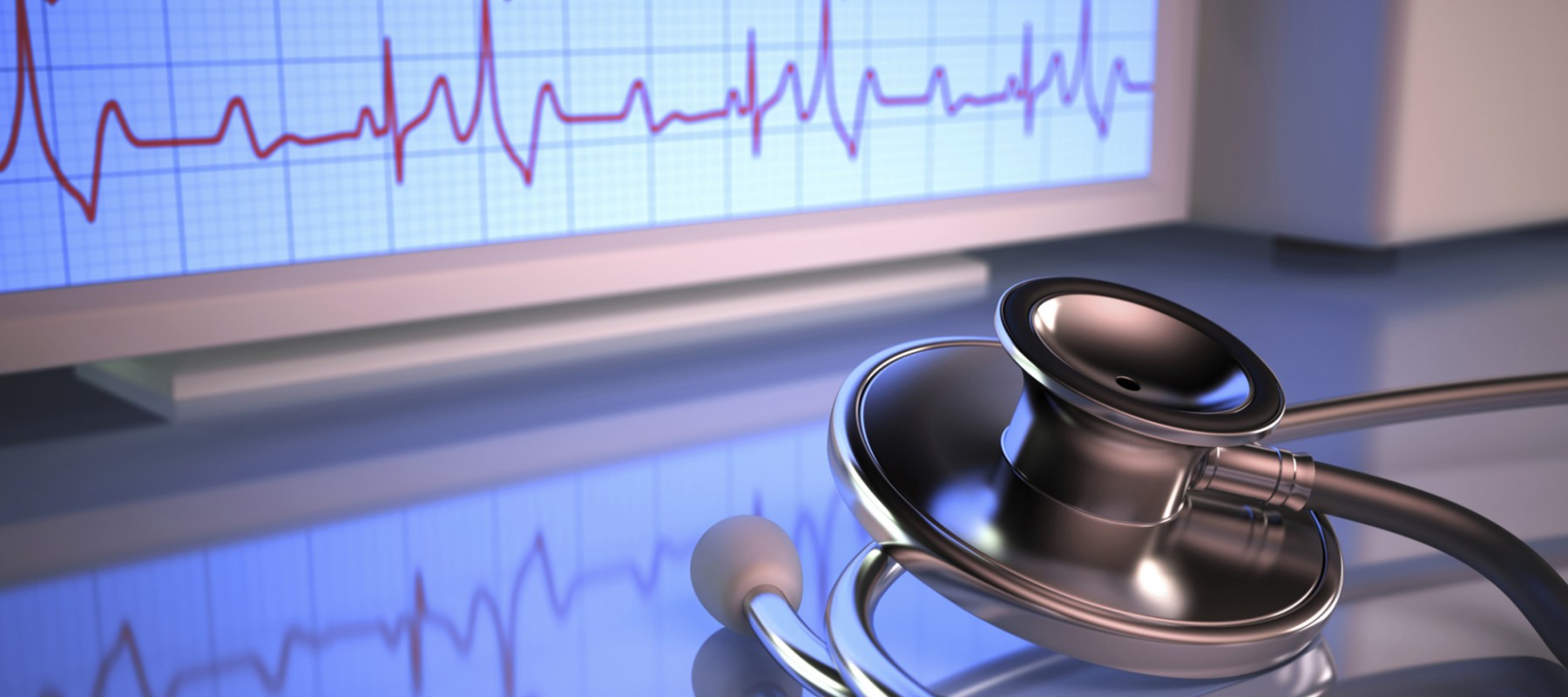The early detection of heart problems rely’s heavily of the story told by the patient. Minor symptoms that you may notice but more importantly the seemingly trivial ones should be reported to your cardiologist. Often if you remain calm and rational you could identify the symptoms that are clues of a heart disorder. After a precise description of the major symptoms by your cardiologist, keep a watchful eye out for them. This could be of greater importance than complex exams that are prolonged and often annoying for patients.

Dyspnea
A typical symptom of heart disease is the lack of breath or, in medical terms “dyspnea”. When a patient complains of shortness of breath the cardiologist should determine the cause. It could be a result of heart, respiratory, neurological, psychological or metabolic (eg, anemia or a thyroid disease) problems. The patient’s report, if accurate and detailed, can provide good indications. Dyspnea is caused by cardiac issues in situations of physical effort or in a lying position (orthopnea). The typical case is that of someone who shows shortness of breath after climbing a flight of stairs or walking an uphill. Other indications could be that they require two pillows to aid breathing at night.
Usually, cardiac dyspnea is linked to a deficiency of the operation of the heart muscle. Although it can meet the needs of the organism at rest, it is unable to provide enough blood in cases of increased demand (physical effort). Conditions can occur in which the blood can not be pushed toward the lower part of the body, stagnates upstream of the heart, stagnates in the lungs, and exuding occurs inside of the alveoli. This can cause a very dangerous disease such as acute pulmonary edema.
Cardiac dyspnea may be caused by valvular diseases (stenosis or insufficiency of the mitral valve), heart muscle disease (dilated cardiomyopathy where the heart increases in size, sometimes in consequence of a big infarction), or in coronary deficiency. In the latter case, dyspnea is an anginal equivalent.
Syncope
Another important disorder which is common to both heart diseases and neurological problems is syncope. Syncope is a sudden loss of consciousness not preceded by a warning. It shouldn’t be confused with the “feeling of faint”, which is very common in people with anxiety or those suffering of low blood pressure.
Syncope can be due to valvular diseases or the heart muscle (eg. Aortic stenosis and hypertrophic cardiomyopathy), but most often it is linked to cardiac arrhythmia.
The types of cardiac arrhythmia that may cause sudden loss of consciousness are two:
- Bradycardia (ie a “block” that occurs at a point in the electrical circuit that makes the heart contract), which causes a pause in the heartbeat of a few seconds. Thus resulting in a lack of blood flow to the brain.
- Tachycardia ventricular. A potentially very dangerous arrhythmia (it can evolve spontaneously to ventricular fibrillation and cardiac arrest). Heart rate in such cases is so rapid and disorderly that it does not allow the heart to fill adequately with blood and then pump it towards the brain. Consequently there is a reduced blood and nutritional supply.
Even in the case of syncope, the patient’s narrative is crucial to figure out the cause of loss of consciousness. Furthermore it helps determine if it is life-threatening, or simply caused by a drop of blood pressure or an anxiety/panic attack.
Palpitations
Finally, among the many heart conditions there is a vast chapter of “heart palpitations”. Feelings of a “sinking heart” or “skipped heartbeat” are caused by extrasystole, the sensation that identify “tachycardia”. Here, it is necessary to assess whether it is sinus tachycardia or a different form (“supra-ventricular” or “ventricular”). In the first case, tachycardia is linked to a higher speed of the sinus node, which normally acts as a cardiac “pacemaker” (as in the case of physical exertion, emotional stress, fever, anemia, hyperthyroidism and other situations). In the second case, it is a condition in which a different part of the heart takes over and sends longer or shorter series of electrical pulses to the rest of the heart. This continues for as long as the sinus node does not resume its normal sequence.
-
3,400 Physicians
-
110,400 Annual surgeries
-
190,400 Annual Inpatient Admissions
-
928,000 Patients


